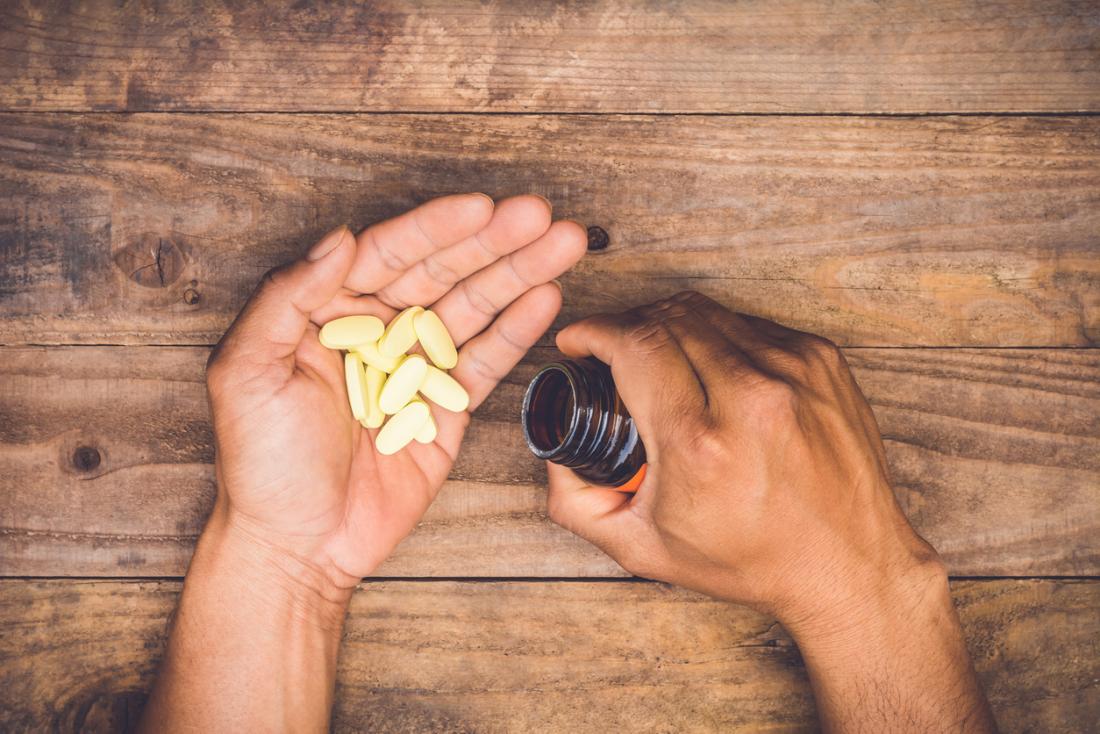The technical term for the areas affected are the labial commissures. The commissures refer to the two corners of the mouth, where the upper and lower lips connect. Angular cheilitis is inflammation, including redness, swelling, and pain at one or both commissures.
The inflammation associated with angular cheilitis may extend onto the lips or skin of the face slightly, but it is primarily confined to the corners of the mouth.
- Angular cheilitis is not a disease but a symptom of something else.
- Excess moisture on the lips or mouth can lead to the condition.
- Anyone of any age can develop angular cheilitis.
- Treatment involves addressing the underlying cause quickly.
What is angular cheilitis?

Angular cheilitis affects the corners of the mouth.
Image credit: James Heilman, MD, (2009, November 8)
Angular cheilitis is sometimes called angular stomatitis, cheilosis, or perleche. Simply put, angular cheilitis is a pain in the corners of the mouth.
Angular cheilitis itself does not spread beyond the corners of the mouth. If it is infected and left untreated, however, the infection can spread.
Due to the risk of infection, a doctor should determine the cause of the inflammation, so it is treated correctly.
What are the symptoms?
Symptoms of angular cheilitis include:
- red or purple spots around the corners of the lips
- swelling or cracking at the corners of the lips
- pain and burning at the corners of the mouth
- dry, chapped lips around the corners of the mouth
What causes angular cheilitis?

Angular cheilitis may not always have an obvious cause. It may be related to skin staying moist for too long.
In some cases, there is no clear cause of angular cheilitis. Often, however, angular cheilitis begins when the corners of the mouth stay moist for too long. When the saliva evaporates, dryness and irritation begin. People may then lick their lips to try to ease the dryness and irritation, creating more moisture. And so it goes on.
The areas where the irritation is may crack open or peel and can sometimes bleed. In some cases, the dry, cracked skin allows an infection to get in.
One common infection is caused by candida or yeast that can make the area itch or burn.
Common bacterial infections, including staph and strep, can also occur. Or there may be multiple infections. For instance, a person with angular cheilitis might have a yeast infection that becomes infected with staph.
Rubbing or licking the infected area can make it worse, intensifying the pain.
Risk factors for angular cheilitis
Most people with angular cheilitis have at least one risk factor, and this is often diabetes.
Diabetes can weaken the immune system, making it more vulnerable to the yeast infections associated with angular cheilitis.
Many people with diabetes develop skin problems, including infections. Diabetes can also damage the gums and teeth, leading to tooth loss and dentures, and further increasing the risk of developing angular cheilitis.
Other risk factors for angular cheilitis include:
- Excess saliva coming into contact with the skin: This can be due to frequent lip-licking or because of lip and mouth shape. People whose upper lip hangs over the lower lip may develop angular cheilitis.
- A weak immune system: Due to HIV/AIDS, chemotherapy, taking drugs that harm the immune system, and some illnesses.
- Genetics: Having a genetic condition, such as Down syndrome.
- Nutritional issues: These include anemia or a poor diet, both of which can make the body more vulnerable to certain infections.
- Having thrush: A yeast infection of the mouth.
- Tooth issues: Wearing dentures, particularly if they are badly fitting.
- Gum disease: This and other oral health problems.
- Having a virus or infection in or near the mouth: An example would be a cold sore.
- Having very dry and chapped lips: If the lips are so dry they crack open, it is easier for viruses, bacteria, and yeast to invade.
Treatment
Outlined below are several ways to treat angular cheilitis and its symptoms:
Diet and lifestyle

Taking dietary supplements, or taking antibiotics, may help to treat angular cheilitis.
For someone with uncontrolled diabetes, treatment might include diet and lifestyle changes, insulin therapy, or diabetes medications.
Vitamin supplements or changes in diet can help people who develop angular cheilitis due to poor nutrition.
Antibiotics
When the area is infected, then the underlying infection requires treatment.
It is important to diagnose the cause of the infection since yeast infections, for example, will not respond to antibiotics.
In most cases, a doctor can tell by looking at it whether the infection is bacterial or due to yeast.
Hygiene
Keeping the area clean and dry can ease pain and prevent an infection from worsening.
A lip balm or protectant can relieve dryness and protect the skin from saliva. A doctor may also recommend a topical steroid cream, which can be applied to the skin to stimulate healing. A steroid cream may also help with pain and itching.
Fillers and injections
When an issue with the lip or mouth shape makes angular cheilitis more likely, or if a person has had several infections with angular cheilitis, a doctor might recommend treatment to change the shape of the mouth.
Cosmetic fillers, which are applied by injection, can help with droopy lips that cause angular cheilitis. It is also necessary to ensure that dentures fit properly.
Complications
Angular cheilitis can lead to yeast or other infections if it is left untreated.
Also, the disorders that result in angular cheilitis have complications. Untreated diabetes, for example, can cause heart problems.
When to see a doctor
Angular cheilitis is easy to treat but cannot always be dealt with at home alone. People who notice red or purple spots on the edges of their lips, or who experience lip pain, burning, or dryness should see their doctor. Early treatment by a doctor can prevent the infection from worsening or spreading.
Outlook
Angular cheilitis is not dangerous and is highly treatable. The symptoms usually improve within a few days of treatment beginning.
Some people may develop angular cheilitis again, and further infections are likely when risk factor for angular cheilitis remain.
This means that people with diabetes, unusual lip anatomy or other risk factors should take action to prevent a future infection. Some strategies for preventing angular cheilitis include:
- keeping the lips dry
- treating an underlying condition
- using lip balm
- practicing good oral hygiene
Takeaway
Angular cheilitis can be painful and unsightly, but it is an inconvenience rather than a serious health problem in most cases. Also, it is usually highly preventable.
People who have frequent angular cheilitis should ask their doctor about potential causes and explore the possibility of lifestyle changes.
Even a simple lifestyle change, such as using lip balm during the winter, may avoid it occurring.
Let’s block ads! (Why?)





